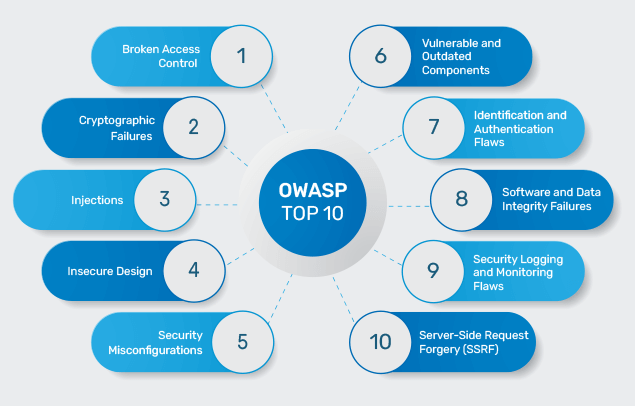
Weak passwords are a common vulnerability that can be easily exploited by cyber criminals to gain unauthorized access to sensitive information. A weak password can be easily guessed or cracked, leaving your personal information and online accounts at risk.
In this article, we will take an in-depth look at weak passwords, how they can be exploited, and what you can do to create strong passwords.
What are Weak Passwords?
A weak password is a password that is easily guessable or crack able. This could be a simple word or a short phrase that can be easily found in a dictionary, a password that uses easily obtainable personal information, or a password that is commonly used. A password that is easy to guess or crack leaves your personal information and online accounts at risk.
How do Weak Passwords Leave You Vulnerable?
Weak passwords leave you vulnerable to cyber attacks in several ways. Some of the most common ways include:
- Brute force attacks: This is when an attacker uses a computer program to repeatedly guess different combinations of characters in an attempt to crack the password. A weak password can be easily cracked using this method.
- Dictionary attacks: This is when an attacker uses a computer program to repeatedly guess words found in a dictionary in an attempt to crack the password. A weak password that is a simple word or phrase can be easily cracked using this method.
- Social engineering: This is when an attacker uses deception to trick you into divulging your password. A weak password that uses easily obtainable personal information can be easily guessed using this method.
How to Create Strong Passwords?
There are several steps you can take to create strong passwords:
- Use a combination of letters, numbers, and special characters in your password.
- Use a long password, ideally at least 12 characters in length.
- Avoid using easily guessable information, such as your name, address, or birth date.
- Avoid using common words or phrases that can be found in a dictionary.
- Avoid using the same password for multiple accounts.
- Use a password manager to generate and store strong, unique passwords for each of your accounts.
Conclusion:
Weak passwords are a common vulnerability that can be easily exploited by cybercriminals to gain unauthorized access to sensitive information. It’s important to understand how these weak passwords can leave you vulnerable and take the necessary steps to create strong passwords that are difficult to guess or crack. By taking the time to create strong, unique passwords, you can help protect your personal information and online accounts from cyber attacks.













